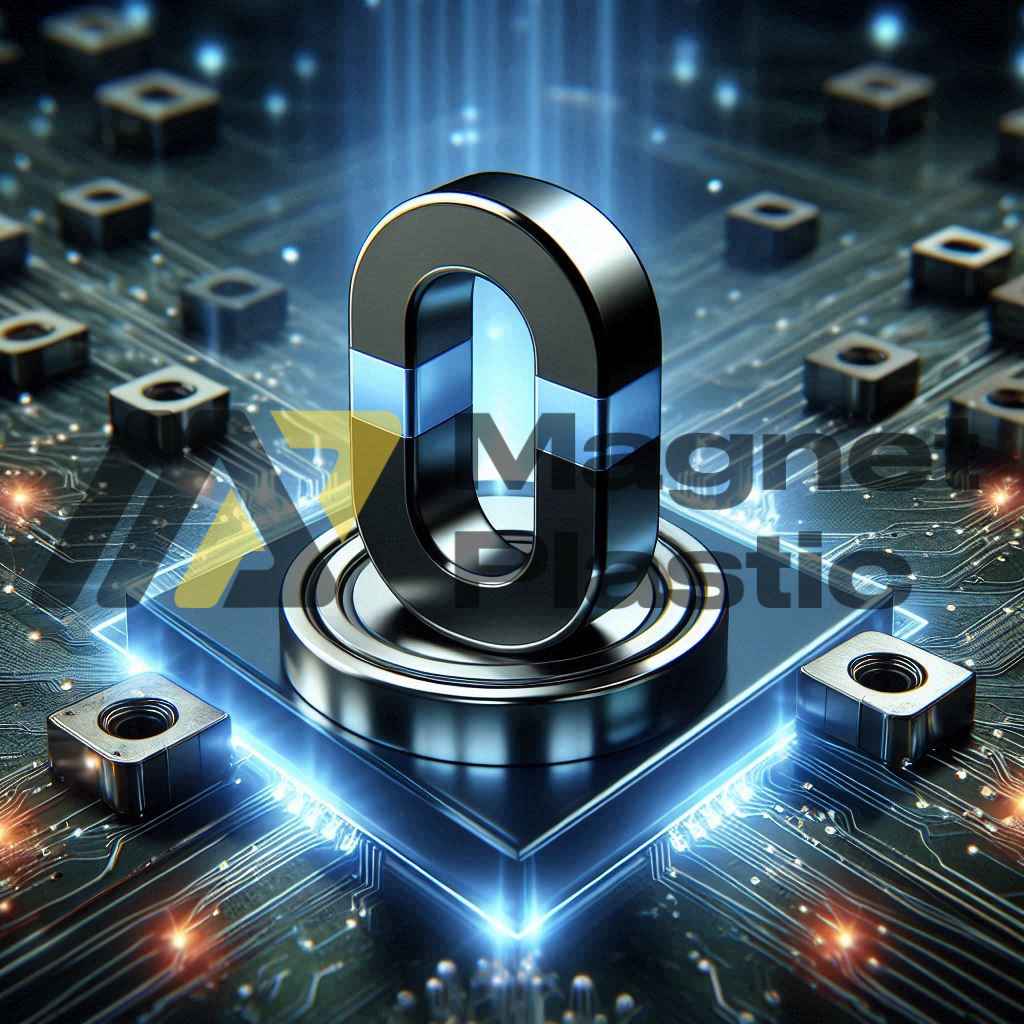Smart Magnets with Integrated Sensors: The Future of Connected Magnetism
In the age of digitalization and artificial intelligence, even the most traditional materials are being transformed by technology. One of the most innovative advancements in recent years is the development of Smart Magnets with Integrated Sensors. These devices combine the power of magnetism with sensor intelligence, enabling real-time measurement of physical variables such as temperature, vibration, and movement with remarkable precision.
The Concept of Smart Magnets
Smart Magnets represent an evolution of traditional permanent magnets. They incorporate microelectronic sensors capable of collecting and transmitting information about their physical environment. Thanks to the miniaturization of sensing technologies and the rise of IoT connectivity (Internet of Things), these magnets can communicate with external systems, send alerts, record data, and optimize control and maintenance processes in real time.
In essence, magnets cease to be passive elements and become intelligent devices, capable of interacting with industrial networks, machinery, or automated environments.
How Smart Magnets Work
Inside these magnets, sensors monitor key parameters. For instance, temperature sensors detect overheating in electric motors or friction systems. Vibration sensors identify mechanical irregularities before they cause serious failures, while motion sensors measure displacement or tilt in structures, containers, or equipment.
All this information is transmitted through wireless protocols or digital connections to management platforms. The data can be viewed in real time or analyzed for predictive maintenance. In this way, smart magnets become essential preventive diagnostic tools, reducing maintenance costs and improving operational safety.
Industrial and Technological Applications
The potential of Smart Magnets spans multiple sectors. In manufacturing, they are used for predictive maintenance of motors, pumps, and production lines. In robotics and automation, they help control the position and integrity of moving parts. In urban infrastructure, smart magnets can monitor structural stability or detect unusual vibrations in bridges, containers, or transportation systems.
Their application also extends to renewable energy, helping to optimize wind turbines or generators by monitoring thermal and dynamic variables. In the near future, these devices could be integrated into electric vehicles, medical equipment, and smart home devices, combining magnetism with connected intelligence.
Advantages of Smart Magnets
Smart Magnets offer multiple advantages, including:
- Continuous and autonomous monitoring.
- Reduction of breakdowns and mechanical failures.
- Easy integration into IoT systems.
- Energy and cost savings.
- Improved safety in industrial environments.
Conclusion
Smart magnets with integrated sensors represent a decisive step toward a more connected, efficient, and secure industry. They transform a simple physical element into a continuous source of information, where magnetism meets digital intelligence. In the coming years, their use will expand across nearly every sector, marking a new chapter in the interaction between matter and technology — the era of 21st-century intelligent magnetism.
